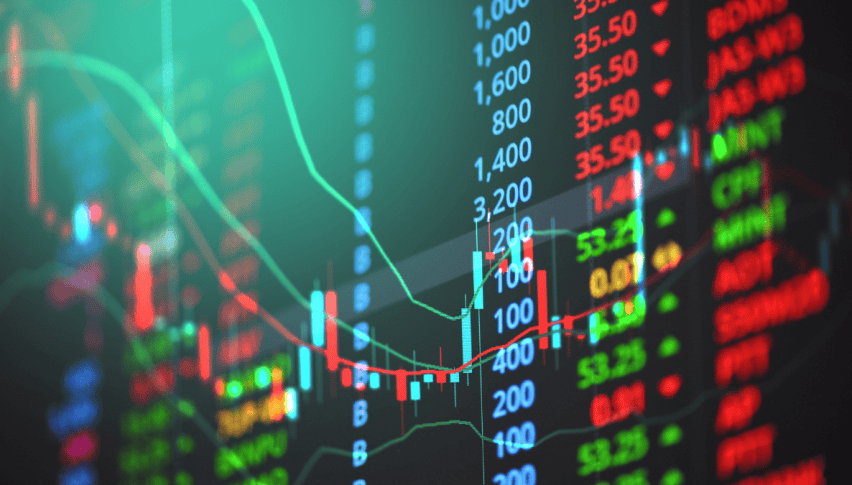Contracts for Difference (CFD) trading is increasingly popular as a flexible financial strategy. Unlike traditional investing, CFD traders do not need to own the underlying asset; instead, they bet on the asset’s price movements, whether up or down.
CFDs can be applied across most global financial markets, from stocks, commodities, and forex to cryptocurrencies. The appeal of CFDs lies in their flexibility, low initial capital requirements, and the ability to generate profits even in declining markets.
Understanding CFD Trading
CFD stands for “Contract for Difference.” When engaging in CFD trading, you are buying or selling the difference between the asset’s price at the time you open a trade and at the time you close it. You don’t physically own the asset; you are merely speculating on its relative price changes.
For example, if you buy a CFD on gold because you believe its price will rise, you will profit from the difference if the price moves as you predicted. Conversely, you will incur a loss if the price drops.
How CFD Trading Works
To start CFD trading, you need to open a CFD trading account. This platform will be your gateway to financial markets. On a single interface, you can select your assets, open your position (buy or sell), and manage your trades.
The trading process generally involves these steps:
- Select a Market: Decide which financial instrument you wish to trade.
- Open a Position: If you anticipate the price will increase, choose a buy position. Conversely, choose a sell position if you expect the price to fall.
- Set Leverage: CFD trading often allows for the use of leverage, enabling you to trade a larger position with a smaller amount of capital.
- Monitor and Close the Trade: Follow your trade and take profits or cut losses as you wish. Your profits or losses will be calculated based on the price difference of the asset and the size of your position.
Why CFD Trading Matters
CFD trading creates new opportunities that are often not available in traditional markets. It allows retail traders to:
- Access international markets without actually owning the underlying commodities.
- Profit from short positions when the market goes down.
- Use leverage to maximize returns (though this also increases risk).
- Trade in forex and crypto markets 24/5.
These characteristics are the primary pillars of CFD trading’s attractiveness to both new and experienced traders. However, the use of leverage implies higher risk, so trading must be done responsibly.
Choosing the Right CFD Trading Platform
Selecting the correct CFD trading platform is crucial for a good trading experience. Look for platforms with a smooth interface, low commissions, fast trade execution, and a variety of tradable assets. Ensure the platform is secure and reputable. Trading with a reliable CFD brokerage firm will significantly influence your trading success and risk exposure.
Conclusion
CFD trading offers an exciting option for connecting to international financial markets without requiring the ownership of real assets. When supported by adequate knowledge, the right set of tools, and a reliable CFD trading platform, traders can benefit from price movements across various directions and markets. Nevertheless, it’s essential to understand the risks involved and trade with a clear strategy. A good CFD trading platform can make the difference between an amateur and an expert trader.





